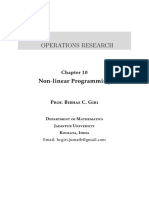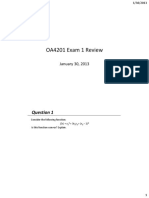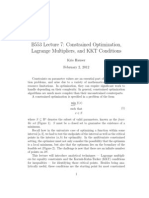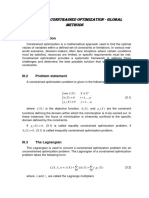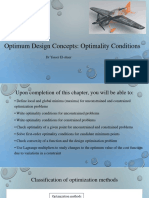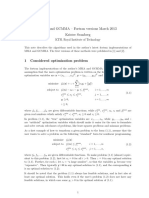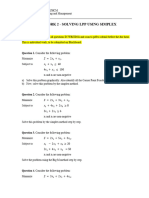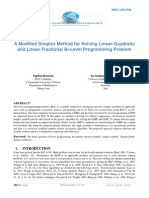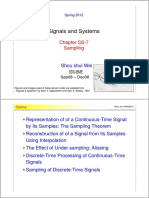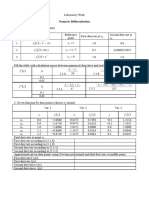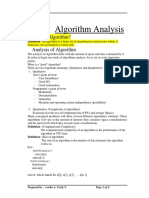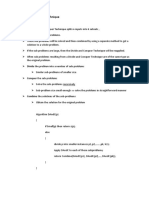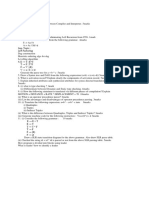0% found this document useful (0 votes)
41 views21 pagesChapter 9st - Non-Linear Programming
Uploaded by
mytinhszCopyright
© © All Rights Reserved
We take content rights seriously. If you suspect this is your content, claim it here.
Available Formats
Download as PPTX, PDF, TXT or read online on Scribd
0% found this document useful (0 votes)
41 views21 pagesChapter 9st - Non-Linear Programming
Uploaded by
mytinhszCopyright
© © All Rights Reserved
We take content rights seriously. If you suspect this is your content, claim it here.
Available Formats
Download as PPTX, PDF, TXT or read online on Scribd
/ 21












